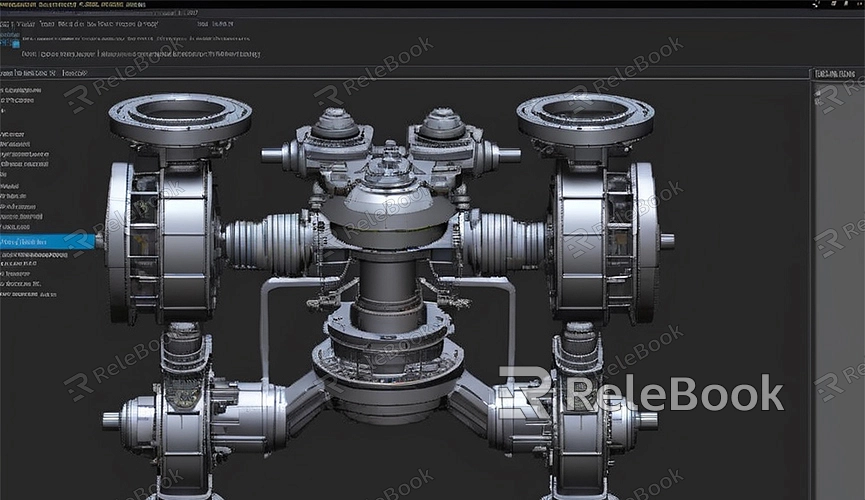How to Make High Quality Render in Blender
Creating high-quality renderings is a desire for many Blender users, and Blender, as a powerful open-source 3D modeling software, provides many features and tools to help users realize their creative ideas. In this article, we'll introduce how to make high-quality renderings in Blender, along with some tips and techniques to improve rendering quality.
1. Set up Proper Lighting
Lighting is one of the key factors affecting rendering quality. In Blender, you can use different types of lights such as point lights, spotlights, and environment lights to simulate various lighting effects. Ensure your scene has sufficient light sources, and try adjusting the position, intensity, and color of the lights to achieve the desired lighting effects.

2. Use High-Quality Materials
Materials are another essential factor in rendering quality. In Blender, you can create various materials such as diffuse materials, specular materials, glass materials, etc. Choose the appropriate material type and try adjusting the material parameters and textures to make them look more realistic and lifelike.
3. Adjust Rendering Settings
Before rendering, make sure you have set up the rendering engine and rendering parameters correctly. In Blender, you can choose different rendering engines such as Cycles and Eevee, each with its own advantages and disadvantages. Depending on your project requirements, select the appropriate rendering engine and try adjusting rendering parameters such as resolution, sampling level, ray tracing depth, etc., to achieve the best rendering results.
4. Use High-Resolution Textures
Textures are another important factor in the rendering process. Using high-resolution textures can enhance rendering details and quality. In Blender, you can use various texture types such as image textures, procedural textures, noise textures, etc. Choose the appropriate texture type and try using high-resolution texture images to achieve clearer and more realistic rendering effects.
5. Optimize Scene and Models
Optimizing the scene and models is crucial for improving rendering quality. Try to minimize unnecessary details and complexity, use geometry and polygons reasonably to reduce rendering computational costs. Optimize scene layout and object placement to avoid overcrowding and clutter, ensuring that light can properly illuminate object surfaces.
6. Post-Processing
After rendering is complete, you can use Blender's built-in post-processing tools such as color correction, depth of field, lens distortion, etc., to further adjust and optimize the rendering images. Try different post-processing effects to make the rendering images look more vivid and appealing.
Creating high-quality rendering images is a task that requires skill and experience, but with proficient mastery of Blender's tools and features, you can easily realize your creative ideas. If you need high-quality 3D textures, HDRI, or 3D model downloads for creating models and virtual scenes, you can download them from Relebook and directly import textures and 3D models into your project.

